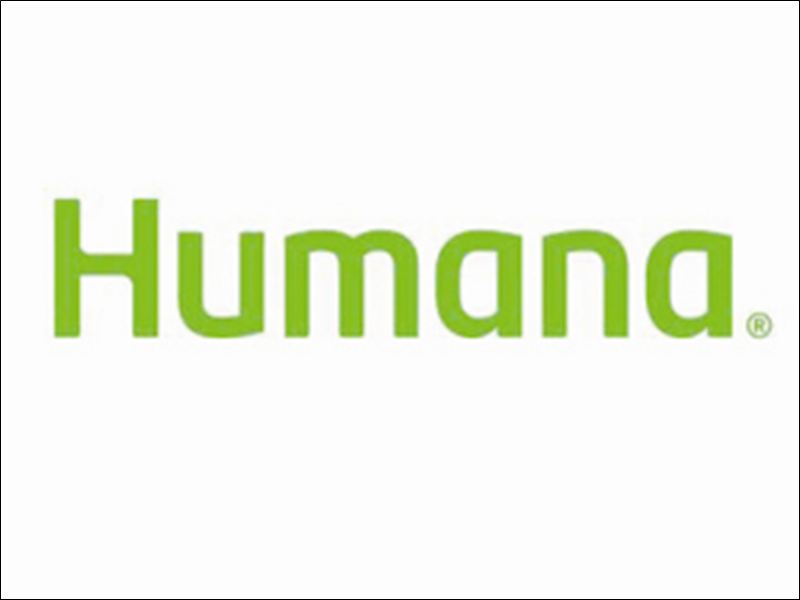The Humana Enhanced PDP (Prescription Drug Plan) is made available to Seniors over the age of 65 and anyone on Medicare due to a disability. This is a premier Medicare part D plan offered by Humana Medicare. This plan is for seniors who need more then basic drug coverage offered by Medicare but not a whole comprehensive plan. This Enhanced PDP offers a zero deductible and affordable premiums. Humana is a stand-alone prescription drug plan with a Medicare contract.
Humana offers several different drug plans (part D) for all your needs. Including Humana-Walmart Prescription Rx Plan, and Humana Complete. If you are looking for prescription drug coverage plus additional health coverage Humana Medicare Advantage plans might offer the coverage you need. They offer Humana Gold Plus Advantage (HMO), Humana Gold Choice Advantage (PFFS), and HumanaChoice (PPO).
Frequently asked questions about the Enhanced drug plan.
Does it come with a deductible?
No. There is non deductible with this drug card.
How much is the premium?
The monthly premium for the Humana Enhanced PDP averages to around $40 a month for Medicare beneficiaries.
Are my drugs covered?
We have attached the Humana Enhanced Forumlary below.
What will my copay’s be with this drug plan?
Below we have summarized the benefits of the Humana Enhanced PDP. You will simply look up in the forumlary. which tier your medication falls under and will see what your share of cost is.
Summary of Benefits Medigap Comparisons for the Humana Enhanced PDP Prescription Drug Plan 2012
- Annual Deductible $0
- Out-of-Pocket Maximum None
- Prescription Drug Deductible $0 deductible on all drugs except Tier 1: Preferred Generic Drugs.
- Retail Pharmacy for Prescription Drugs:
- Preferred Generic :After you pay your yearly deductible, you pay the following until total yearly drug costs reach $2,93 – $7 copay for a one-month (30-day) supply of drugs in this tier from a preferred pharmacy; – $21 copay for a three-month (90-day) supply of drugs in this tier from a preferred pharmacy.
- Non-Preferred Generic :After you pay your yearly deductible, you pay the following until total yearly drug costs reach $2,930: – $35 copay for a one-month (30-day) supply of drugs in this tier from a preferred pharmacy; – $105 copay for a three-month (90-day) supply of drugs in this tier from a preferred pharmacy.
- Preferred Brand : After you pay your yearly deductible, you pay the following until total yearly drug costs reach $2,930: – $35 copay for a one-month (30-day) supply of drugs in this tier from a preferred pharmacy; – $105 copay for a three-month (90-day) supply of drugs in this tier from a preferred pharmacy.
- Non-Preferred Brand After you pay your yearly deductible, you pay the following until total yearly drug costs reach $2,930: – $69 copay for a one-month (30-day) supply of drugs in this tier from a preferred pharmacy; – $207 copay for a three-month (90-day) supply of drugs in this tier from a preferred pharmacy. Not all drugs on this tier are available at this extended day supply.
- Specialty 33% coinsurance for a one-month (30-day) supply of drugs in this tier from a preferred pharmacy.
- Mail Order Pharmacy for Prescription Drugs
- Preferred Generic: After you pay your yearly deductible, you pay the following until total yearly drug costs reach $2,930: – $0 copay for a one-month (30-day) supply of drugs in this tier from a preferred mail order pharmacy. – $0 copay for a three-month (90-day) supply of drugs in this tier from a preferred mail order pharmacy.
- Non-Preferred Generic :After you pay your yearly deductible, you pay the following until total yearly drug costs reach $2,930: – $35 copay for a one-month (30-day) supply of drugs in this tier from a preferred mail order pharmacy. – $95 copay for a three-month (90-day) supply of drugs in this tier from a preferred mail order pharmacy.
- Preferred Brand : After you pay your yearly deductible, you pay the following until total yearly drug costs reach $2,930: – $35 copay for a one-month (30-day) supply of drugs in this tier from a preferred mail order pharmacy. – $95 copay for a three-month (90-day) supply of drugs in this tier from a preferred mail order pharmacy.
- Non-Preferred Brand: After you pay your yearly deductible, you pay the following until total yearly drug costs reach $2,930: – $69 copay for a one-month (30-day) supply of drugs in this tier from a preferred mail order pharmacy. – $197 copay for a three-month (90-day) supply of drugs in this tier from a preferred mail order pharmacy.
Specialty 33% coinsurance for a one-month (30-day) supply of drugs in this tier from a preferred mail order pharmacy.


What are people supposed to do in the meantime when they turn 65 and cannot afford a Medicare Supplement plan? In California, Los Angeles County, the average price for a person turning 65 is $150 a month for just a Medicare Supplement plan, that doesn’t cover vision and dental. In addition, the person turning 65 must also buy a standalone Part D (prescription) plan, the average price for this coverage, and to avoid the Part D penalty, is $30 a month. Until we change our U.S. Healthcare system, what are seniors supposed to do? Medicare Part B will be $164.90 a month in 2023; the average price for a Medicare Supplement plan is $150 a month; and the average price for a Part D plan is $30 a month. That’s a monthly of average of $344.90, and that’s without comprehensive dental nor vision coverage! What are people 65 and older to do until we make big changes?